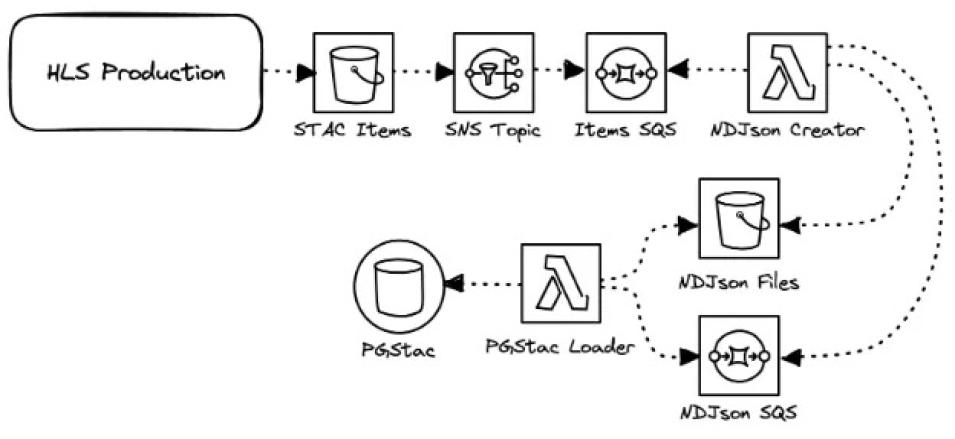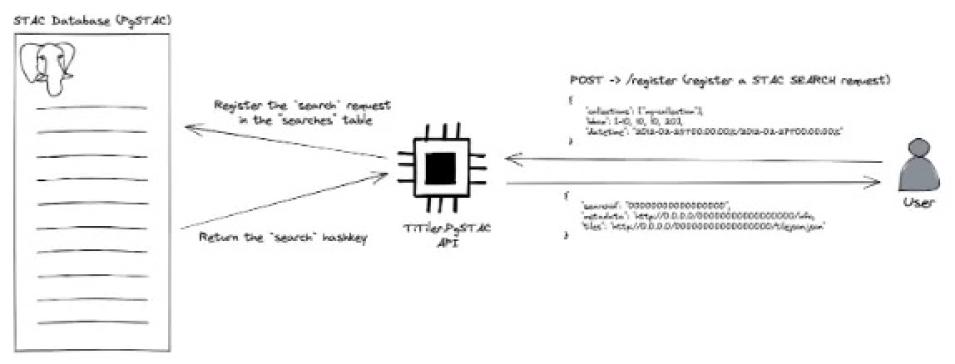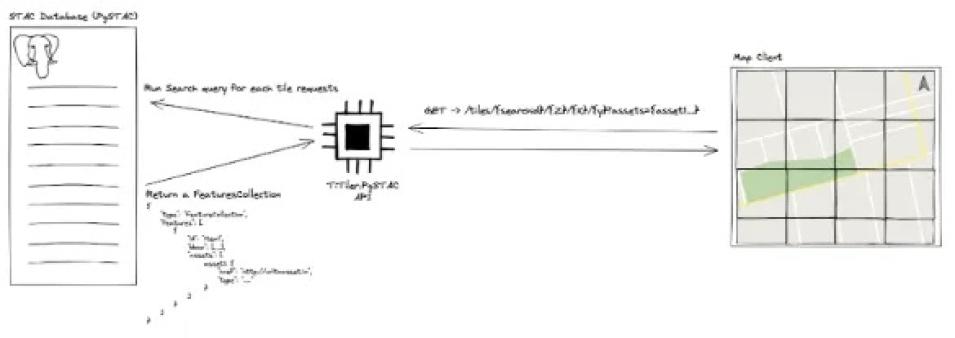Vantage point is everything when assessing forest fires and planning effective containment plans. And there is no better vantage point than space for grasping the extent of large fires in remote areas. IMPACT, through its leadership role in the Harmonized Landsat/Sentinel-2 (HLS) project, was instrumental to a recent enhancement of NASA’s Fire Information for Resource Management System (FIRMS). FIRMS distributes near real-time fire/thermal anomaly data obtained from satellite observations.
Getting a FIRMS Grip on Forest Fires
A screenshot from FIRMS US/Canada displaying the Sentinel-2 Adjusted Reflectance Harmonized Landsat Sentinel (HLS) data using bands 12–8a-4. The image shows the Hermits Peak Fire in New Mexico, USA as captured on 3 May 2022. In this image, the burned areas appear in brick red and are overlain with active fire pixels from MODIS and VIIRS.
In November 2021, the US Forest Service (USFS) presented the FIRMS team with several use cases showing how the fire community would benefit from false color composite satellite imagery, an ideal application of several HLS data products. Throughout development cycles, the HLS team has been forward-looking, anticipating potential future applications in which users can interact with the HLS data natively on the cloud. The use case provided by the USFS was a perfect one for the team to leverage the cloud-optimized data format and develop an interactive data visualization layer to support the fire community.
The satellite instruments used to create the HLS data productst (Landsat 8 and 9 Optical Land Imager (OLI) and Sentinel S2A and S2B Multispectral Imager (MSI)) sample multiple narrow ranges of the electromagnetic spectrum, typically called spectral bands. Some spectral bands are quite familiar such as the red, green, and blue that our eyes use to help us see the world in color. Other spectral bands are outside the visible portion of the electromagnetic spectrum such as the shortwave infrared (SWIR) and near infrared (NIR) which have longer wavelengths than the red spectral band. Features on the Earth’s surface with a higher relative temperature (such as active fires) are notably visible in the SWIR and NIR portions of the spectrum. False color imagery from HLS is 3-band composite imagery where instead of combining the traditional red, green, and blue bands for a true color image (what our eye would see), the SWIR, NIR, and red channels are composited to provide additional contrast to various land features such as burn scars, surface water, snow cover, and vegetation.
Using these bands to generate a false color image (see here for more detailed information) can provide an accurate picture of active fire fronts and the areas which have already burned. The HLSL30 and HLSS30 false color composite layers provided for the FIRMS application are generated using a dynamic tiler that directly accesses data in a cloud storage bucket and allows users to visualize data at full resolution for targeted areas of interest. It’s one of the first dynamic tiling applications released by NASA’s Earth Science Data Systems and provides a pathway for future visualizations of cloud-based datasets.
HLS is the first NASA earth observation product fully processed and distributed in the cloud. Additionally, the project leverages several cloud native standards (products are distributed as cloud-optimized geotiffs (COGs) and include spatiotemporal asset catalog (STAC) metadata).These open cloud native standards facilitate exciting new approaches to delivering insights from the data rapidly and on demand to applications such as FIRMS. The HLS false color composite imagery tiles which the FIRMS application consumes are created dynamically as clients request them. The tiling application first queries the STAC metadata database to find HLS granules of the specified date which spatially intersect the requested tile. Next it reaches out to cloud storage to fetch only the bits of the source data needed to create a tile, in this case only pixels which intersect that tile from the three bands used to create the SWIR False Color Composite (in the case of HLS L30 bands 7, 5 and 4).
With this technology, HLS products are available for use by client applications as soon as they are published, drastically reducing latency and allowing users to understand rapidly changing environmental conditions. Additionally, tiles are only generated as requested which reduces the overall storage and computing costs as opposed to pre-rendering millions of tiles for areas which may potentially not be viewed by researchers.
Team member Sean Harkins highlights the benefit of this technology:
"In the past, the complexities of Earth observation data formats and tooling have made their use challenging for users from different disciplines, but the emergence of open, cloud-native standards has unlocked this powerful data to a whole new class of applications. It is extremely exciting to work in this rapidly evolving field and see our work have concrete applications in vital use cases like fire monitoring."
More information about the HLS project is provided on the HLS project page. Data can be obtained at HLSL30 and HLSS30 dataset landing pages.
More information about IMPACT can be found at NASA Earthdata and the IMPACT project website.
Check out Sean Harkins' GitHub and Brian Freitag's LinkedIn profile.




